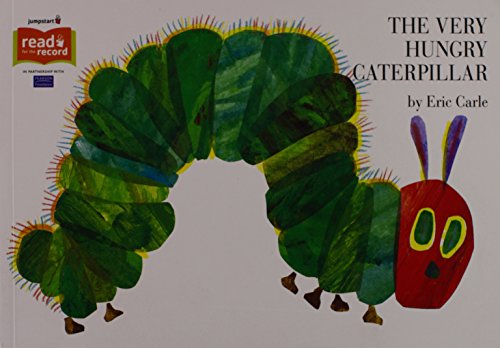Interactive Activities and early assessments help with early literacy skills and identifying students who may be at risk.
 I read article 1 about assessments and article 2 early assessments, both of these article were similar in the fact they both had to do with assessing students at a young age. When assessing preschool ages students we have to remember that most of the assessments are done informally. As stated in article 1, "traditional methods of determining the skills of preschool children often involve observations
of children by the classroom teacher. Such informal assessments of children’s skills can be useful
for teachers as they teach new skills because they can be used to scaffold instructional activities
with a child (i.e., using a child’s responses to an instructional interaction to increase or decrease the
difficulty level of the interaction)". (ALLAN, LERNER, LONIGAN, LERNER, 2011)
I read article 1 about assessments and article 2 early assessments, both of these article were similar in the fact they both had to do with assessing students at a young age. When assessing preschool ages students we have to remember that most of the assessments are done informally. As stated in article 1, "traditional methods of determining the skills of preschool children often involve observations
of children by the classroom teacher. Such informal assessments of children’s skills can be useful
for teachers as they teach new skills because they can be used to scaffold instructional activities
with a child (i.e., using a child’s responses to an instructional interaction to increase or decrease the
difficulty level of the interaction)". (ALLAN, LERNER, LONIGAN, LERNER, 2011) The results of the informal assessments will give us the information we need to decide what kind instruction we will use to teach or enforce a specific skill. Both of these article also discuss the importance of using fun interactive activities to help the students learn. When students are having fun they don't know they are learning therefore the learning goes undetected and is easily accepted. Also, when students are in a group setting they can learn from each other. A pair and share is a form of assessment that can be used to see if students understand and comprehend a story that has been read to them. A teacher can read a story to the whole group and then the students can pair and share, what they liked about the story, what was their favorite part of the story is or what did they learn. This will give the teacher a chance to go around to each pair of students to see who understood what was read to them or who is having trouble with comprehension. At a later time the teacher can then help individual students who are having trouble with comprehension. This can help students who may be as risk, such as ELL students or students who are low academically.
The results of the informal assessments will give us the information we need to decide what kind instruction we will use to teach or enforce a specific skill. Both of these article also discuss the importance of using fun interactive activities to help the students learn. When students are having fun they don't know they are learning therefore the learning goes undetected and is easily accepted. Also, when students are in a group setting they can learn from each other. A pair and share is a form of assessment that can be used to see if students understand and comprehend a story that has been read to them. A teacher can read a story to the whole group and then the students can pair and share, what they liked about the story, what was their favorite part of the story is or what did they learn. This will give the teacher a chance to go around to each pair of students to see who understood what was read to them or who is having trouble with comprehension. At a later time the teacher can then help individual students who are having trouble with comprehension. This can help students who may be as risk, such as ELL students or students who are low academically.
In conclusion, both of these article focus on interactive and fun assessments. Having the students interact with the teacher and each other is one of the ways to assess students informally. These informal assessments gives the teacher a quick look to see who she may need to spend extra time on. Even though informal assessments are ways in which to see each students level, it is always good to follow up with a formal assessment to confirm your findings.


